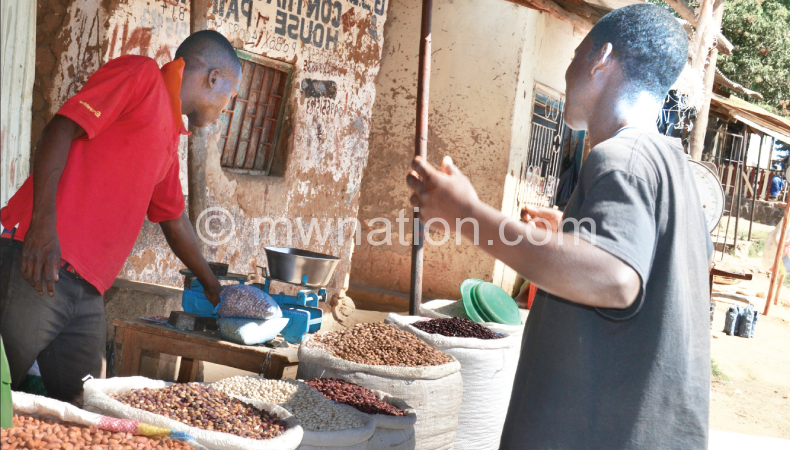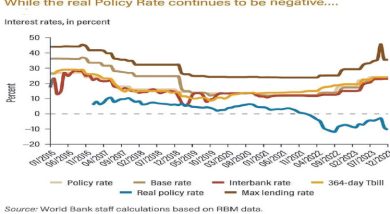MITC identifies legumes market

Malawi Investment and Trade Centre (Mitc) has identified markets for legumes including soya beans, pigeon peas and beans, some of the crops tipped by the Malawi Government as potential major foreign exchange earners.
The government agency has also identified markets for cotton oil, cotton seed, gemstones and dried smoked fish.
According to a statement posted on Mitc’s website, the markets identified include South Africa, Zimbabwe, India and the United Kingdom.
Responding to a questionnaire on Tuesday, Mitc public relations manager Deliby Nyale said the quantities for the orders range between 500 tonnes and 10 000 tonnes.
According to the statement, the importers require over 12 000 tonnes of soya beans and 3 000 tonnes of cotton oil. The importers also demand 500 tonnes of soya and 100 tonnes of pigeon peas per month continuously after conclusion of the sales agreement.
According to the Ministry of Agriculture Irrigation and Water Development second round crop estimates, groundnuts output is projected to increase by nine percent to 414 861 tonnes, pigeon peas’ output is expected to jump by 11 percent to 318 557 tonnes while soya beans is expected to increase by about 14 percent to 132 916 tonnes this year.
Legumes are tipped to be the country’s other major foreign exchange earner apart from tobacco, tea and sugar.
According to available figures, Malawi is the world’s largest exporter of pigeon peas and its processed form, Toor Dal, earning some $35 million (K14 billion) annually.
In 2012, according to Trade Law Centre (Tralac) data, legumes at $37 million (K15.2 billion) topped Malawi’s exports to India.
Recently, the country’s structured market for agriculture produce, Auction Holdings Commodity Exchange (AHCX) said that sales of Malawi’s legumes including groundnuts, led on the market with the crop commanding about 63 percent of the total volumes sold between January and June 2014.
According to AHCX—which has depots in Limbe, Lilongwe, Balaka , Luchenza Mponela, Chimbiya in Dedaza, Kasungu, Mzuzu and Karonga—most of the groundnuts were traded during the lean period—April and May 2014—and fetched higher prices with total revenues hitting $1 million (K400 million).
Analysts, however, have pointed out that the country has missed out on high value markets including South Africa because of high aflotoxin levels in the groundnuts and encouraged farmers to ensure quality in the production chain.
Legumes are also earmarked as an important crop under the National Export Strategy (NES), a policy that was launched in 2012.





